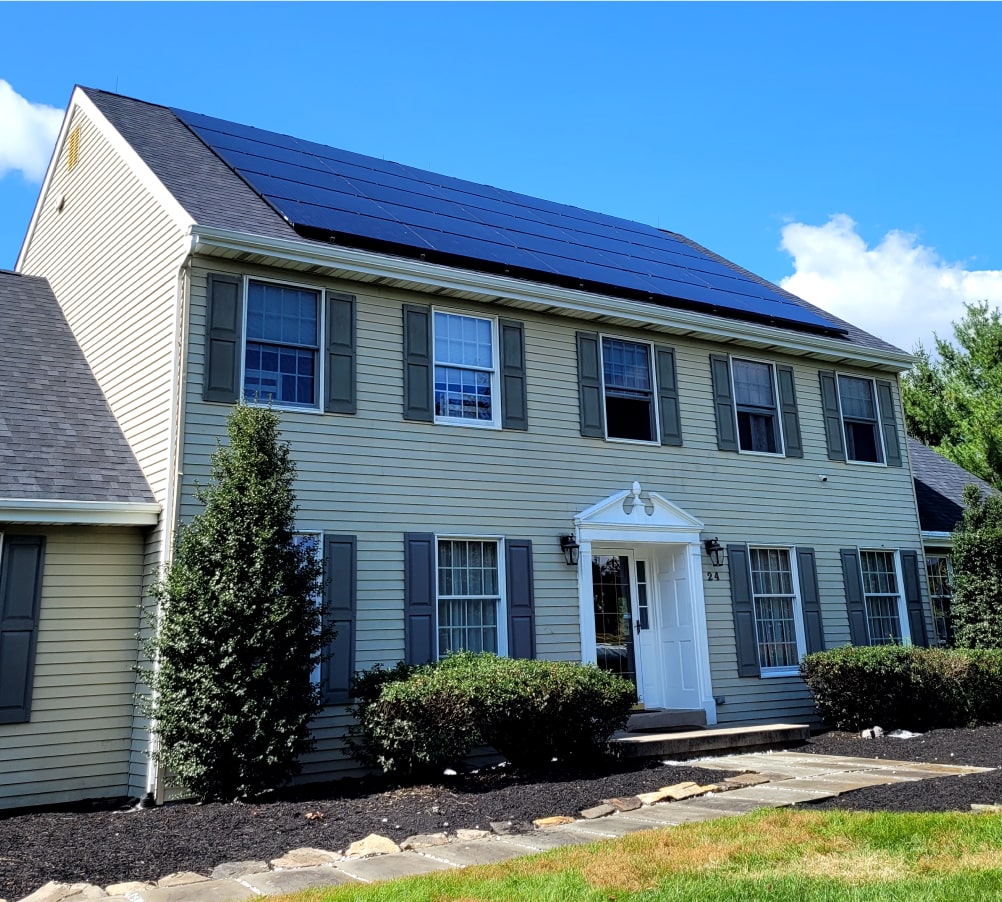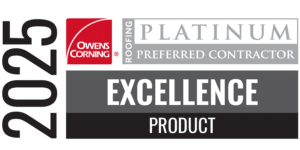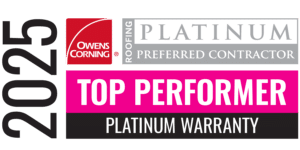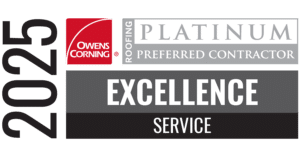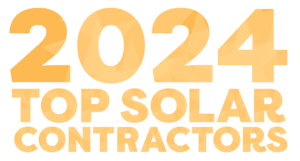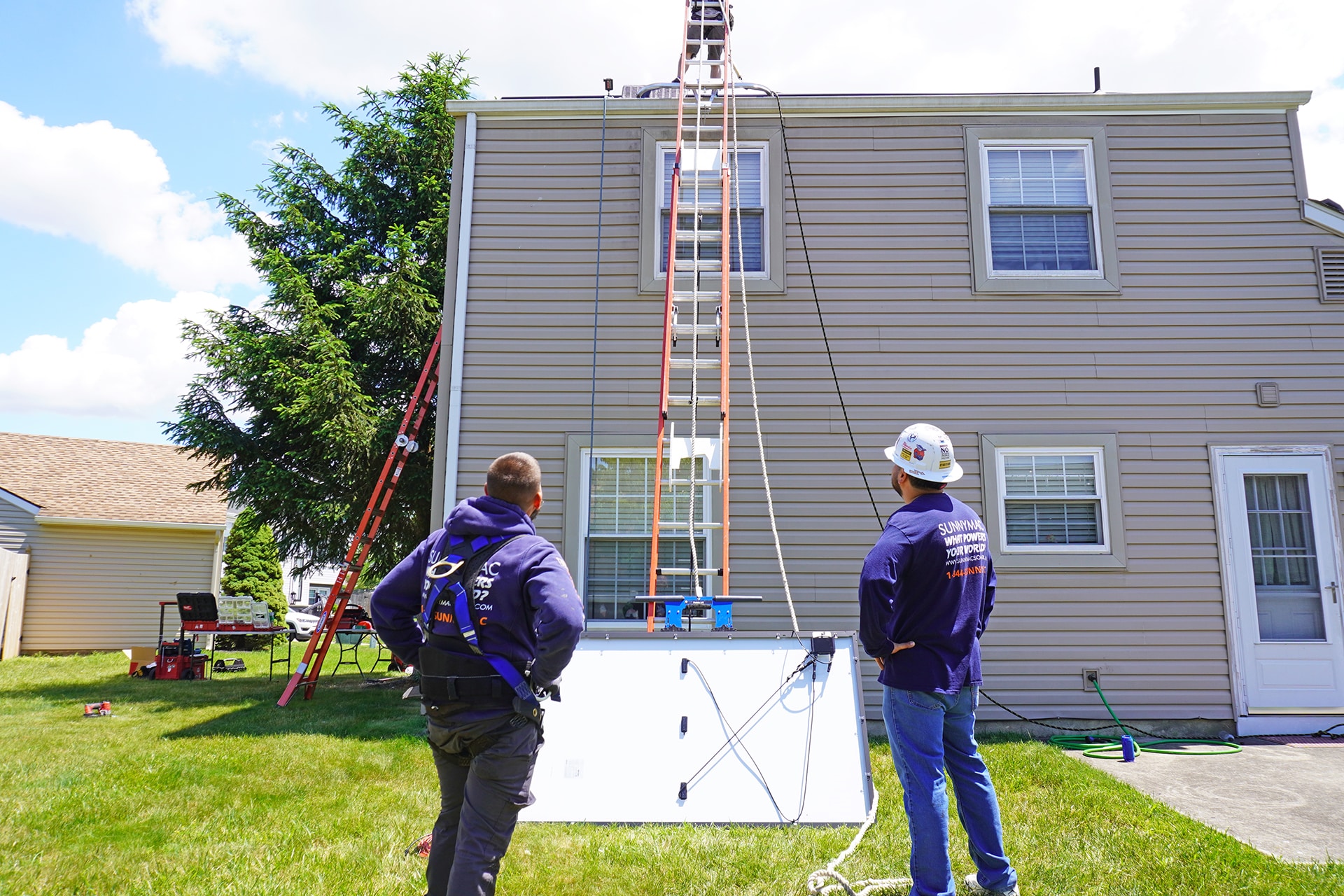
SOLAR ACADEMY

Whether you’re considering switching to solar energy for your home or business or already have a system in place, this section will give you practical insights and tips for optimizing your solar experience. Explore the glossary below to gain a deeper understanding of common terms associated with solar energy, plus practical tips to help you enjoy your solar energy system long-term.
Solar Academy Articles
The Solar Coaster refers to the ups and downs in your solar energy production throughout the year. Just like a roller coaster, there are times when your solar panels produce a lot of energy and times when they produce less. These fluctuations are mainly due to the changing seasons and varying levels of sunlight. Read more about the Solar Coaster
As a homeowner considering or already harnessing the power of solar energy, you may have heard about net metering. But what exactly is net metering, and how can it benefit you? At SunnyMac, we’re dedicated to helping you navigate the journey towards energy independence. In this blog post, we’ll explain the ins and outs of net metering and why it’s a game-changer for solar energy users. Read more about Net Metering
In the ever-evolving landscape of renewable energy, solar power often finds itself shrouded in myths and misconceptions that can cloud the true benefits it offers. At SunnyMac, we believe in shedding light on the facts and dispelling the myths that may deter you from embracing this sustainable energy source. Read more about Solar Myths vs Reality
Solar Terms To Know
Multiple solar cells make up a solar panel, and multiple panels can be wired together to form a solar array. The more panels you install, the more energy you can expect to generate, but depending on the efficiency of your panels, it may be possible to produce the same amount of energy with fewer panels. (See Solar Efficiency).
Energy storage systems—often in the form of batteries—are used to store excess solar-generated electricity for later use, especially during times when the sun is not shining.
Commonly referred to as the income tax credit (ITC), the federal solar tax credit gives you a dollar-for-dollar reduction against your federal income tax. It is regarded as the most significant financial incentive for solar in the U.S.
A solar power system that is connected to the electric grid, allowing the user to draw power from the grid when needed and feed excess electricity back into it.
A contract between the homeowner and the local utility allowing the homeowner to connect their solar power system to the electric grid. In some areas, this enables the homeowner to receive a credit on their electricity bill from the utility for any surplus electricity their solar power system generates.
An electronic device that converts the direct current (DC) electricity produced by solar panels into alternating current (AC) electricity used in homes.
A unit of power (kW) measures the rate of energy production or consumption, while a unit of energy (kWh) represents the total amount of electricity consumed or produced over time.
A billing arrangement where excess electricity generated by a solar PV system is fed back into the grid, and the homeowner receives credits for the surplus energy.
A standalone solar power system that is not connected to the electric grid, typically used in remote areas where grid access is not available.
Solar access is another term used to quantify how much sunlight is available for a solar array at a particular site. It is also referred to as Solar Access Percentage or Solar Access Value. This metric expresses the available solar energy as a percentage of what would be available in perfect (i.e. shade-free) conditions.
The percentage of sunlight that a solar panel converts into electricity. Higher efficiency means more electricity is generated from the same amount of sunlight.
The Solar Coaster describes the ups and downs in your home’s solar energy production throughout the year, mainly due to changing seasons and varying levels of sunlight.
Financial incentives provided by governments or utilities to encourage the adoption of solar energy, such as tax credits, rebates, or feed-in tariffs
Financial arrangements where a third party owns and maintains the solar PV system, and the homeowner pays for the electricity generated or a fixed lease amount.
A device that captures sunlight and converts it into electricity using photovoltaic cells.
A system that uses solar panels to convert sunlight into electricity.
Tradable certificates representing the environmental benefits of generating a certain amount of electricity from renewable sources, including solar.
Tips
Regularly cleaning your solar panels ensures they are free from dust, leaves, and other debris that can block sunlight and reduce efficiency. Aim to clean them at least twice a year, or more frequently if you live in an area with heavy pollution or frequent dust storms. Always follow safety guidelines or hire a professional for best results.
Regularly monitor your solar panel system’s performance to ensure it’s operating at its best. Use your system’s monitoring app or portal to check energy production levels and identify any issues early. Consistent monitoring helps you maximize your energy savings and quickly address any potential problems.
Maximize your savings by claiming the Federal Solar Investment Tax Credit (ITC). This credit allows you to deduct a significant portion of your solar installation costs from your federal taxes. Make sure to consult with a tax professional to understand the eligibility criteria and ensure you’re getting the full benefit.
Familiarize yourself with the components and functionality of your solar panel system. Understanding how your inverter, panels, and monitoring system work together will help you identify issues and optimize performance. Don’t hesitate to ask your installer for a detailed walkthrough or refer to the user manual for more information.
As technology advances, upgrading your solar panel system can increase efficiency and output. Consider adding battery storage, optimizing inverters, or even installing newer, more efficient panels. Upgrades can enhance your energy independence and further reduce your electricity bills.
As technology advances, upgrading your solar panel system can increase efficiency and output. Consider adding battery storage, optimizing inverters, or even installing newer, more efficient panels. Upgrades can enhance your energy independence and further reduce your electricity bills.
If your state offers Solar Renewable Energy Credits (SRECs), you can earn money for the electricity your solar panels produce. By selling these credits, you can offset installation and maintenance costs, making your solar investment even more profitable. Check your state’s regulations and register your system to start benefiting from SRECs.
Get Your Free Savings Analysis
